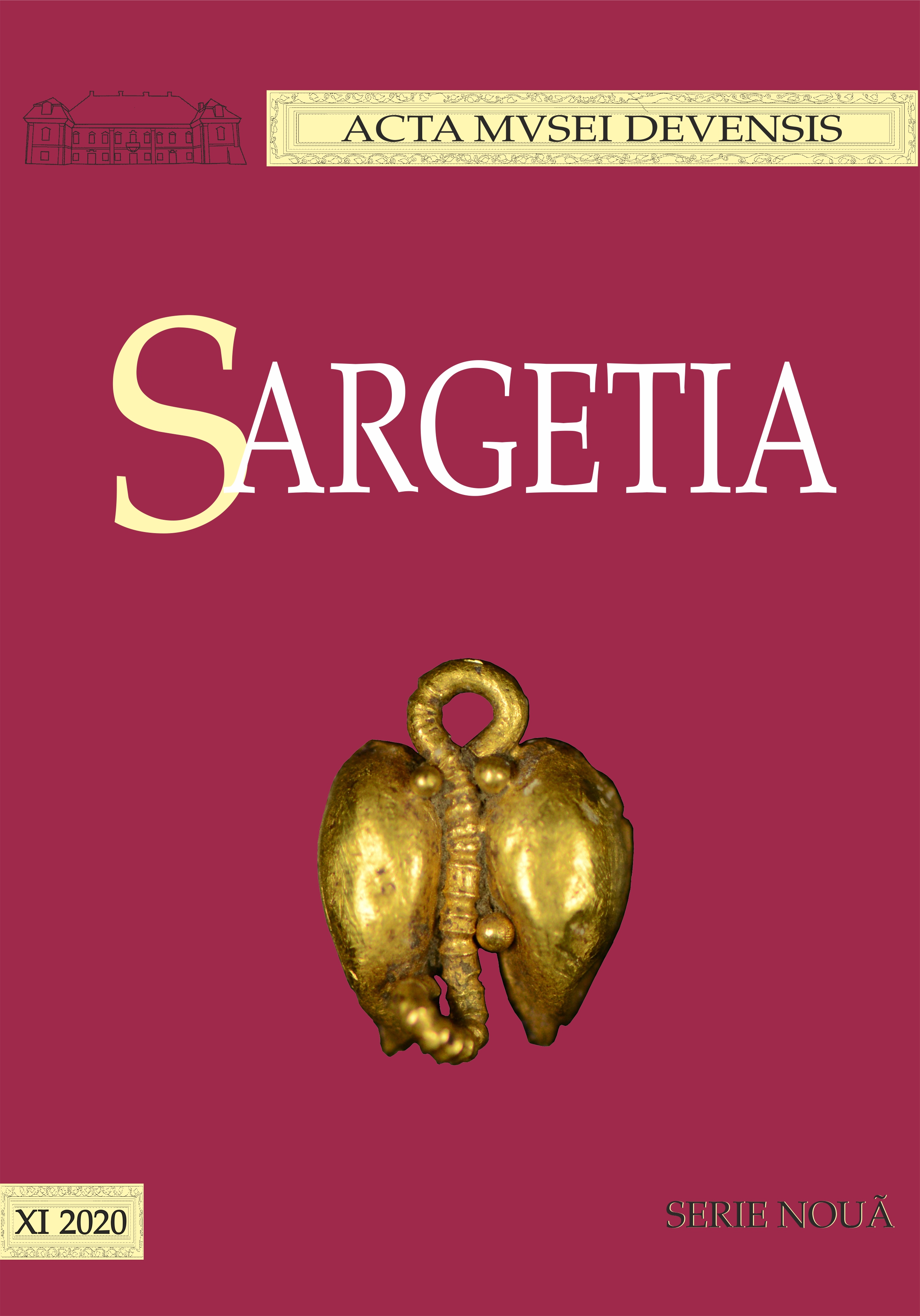Piese sculpturale de epocă romană reutilizate în satul Rapoltu Mare, jud. Hunedoara. 1. Biserica reformată
Sculptural Pieces from the Roman Era Reused in the Village of Rapoltu Mare, Hunedoara County.
1. The Reformed Church
Author(s): Radu Iustinian Zăgreanu, Marius Gheorghe BarbuSubject(s): History, Archaeology, Ancient World, Middle Ages
Published by: Editura Altip
Keywords: sculptural monuments; Roman Dacia; medieval church; spoliation;
Summary/Abstract: The surroundings of Rapoltu Mare village in Hunedoara county (Pl. I/1) represent an area widely used by human communities from Prehistory to Modern times. The Reformed Church (Pl. I/4) in this locality, built in the Medieval period and located on a hill (Pl. I/3) in the northern part of the village (Pl. I/2), was built with the help of Roman origin materials, plundered, most likely, from the ruins that were on the terrace known as La Vie. Along with numerous shaped stone blocks and Roman tiles (Pl. I/6), three ancient sculptural monuments can be identified. It is a fragment of an altar (Pl. II/1), an aedicula cornice (Pl. III) and a funerary lion (Pl. II/2). These elements seem to indicate the existence of a nearby Roman necropolis, a cemetery that most likely served the nearby Roman villa. The morphological characteristics of the monuments, especially those of the funerary lion, link these discoveries to the sculptural school from Micia . Thus, even in this case we can discuss the implications related to the Mician center of sculpture, the exploitation of andesite from Măgura Uroiului and the surroundings of this area. From a chronological point of view, the way of making the funerary lion, as well as its attribution to the Mician school of sculpture tend to place it towards the end of the 2nd century or in the first half of the 3rd century AD. Thus, its use seems to be related to the second stage of Roman habitation from Rapoltu Mare – La Vie . Regarding the cornice of the aedicula from Rapoltu Mare, we cannot make statements regarding its dating, but it can be easily seen that the raw material from which it is made is the same as that used to carve the threshold of the gate on the south side of the villa, a building built in the last decade of the second century.
Journal: Sargetia. Acta Musei Devensis
- Issue Year: 2020
- Issue No: 11
- Page Range: 101-112
- Page Count: 12
- Language: Romanian

